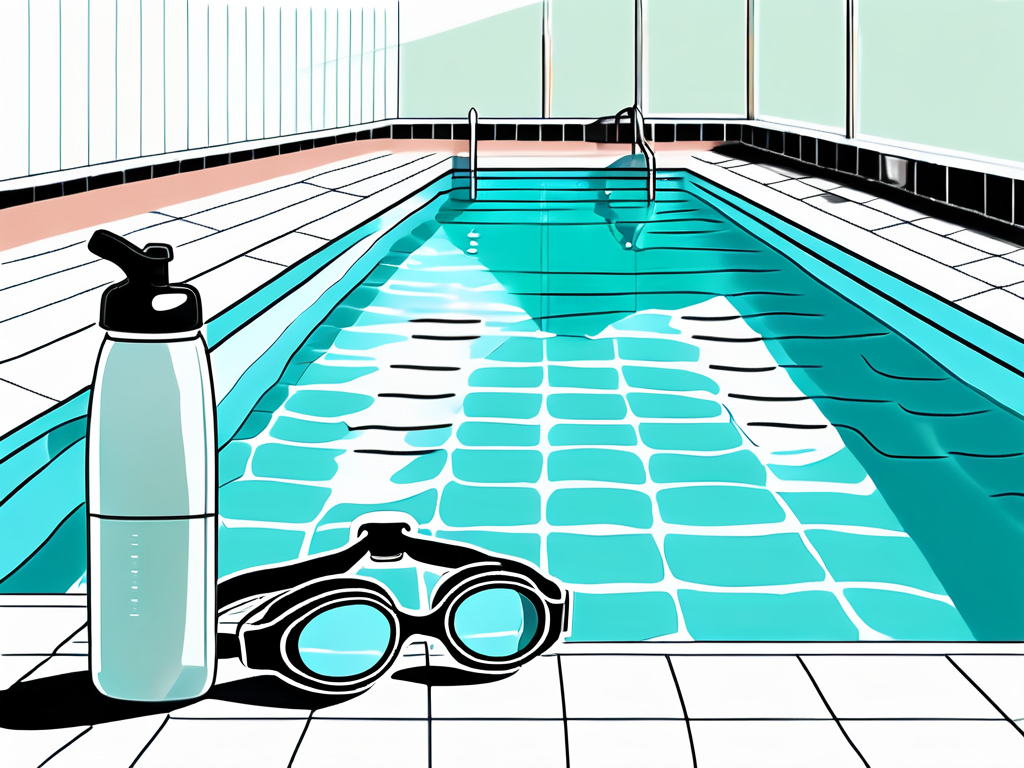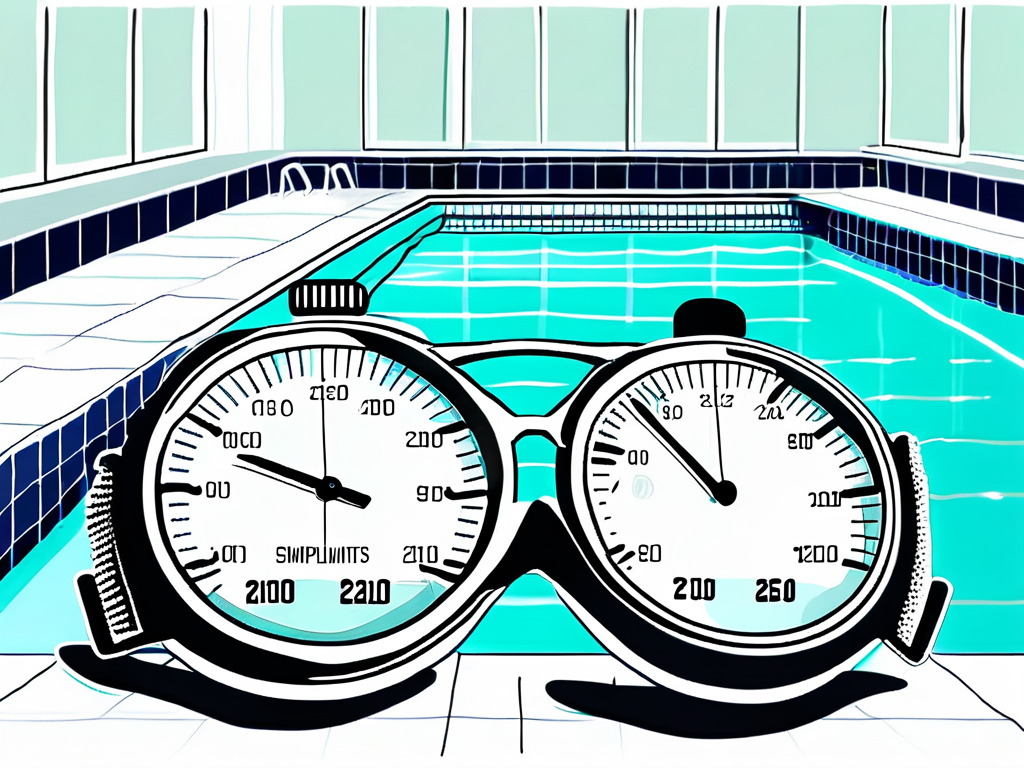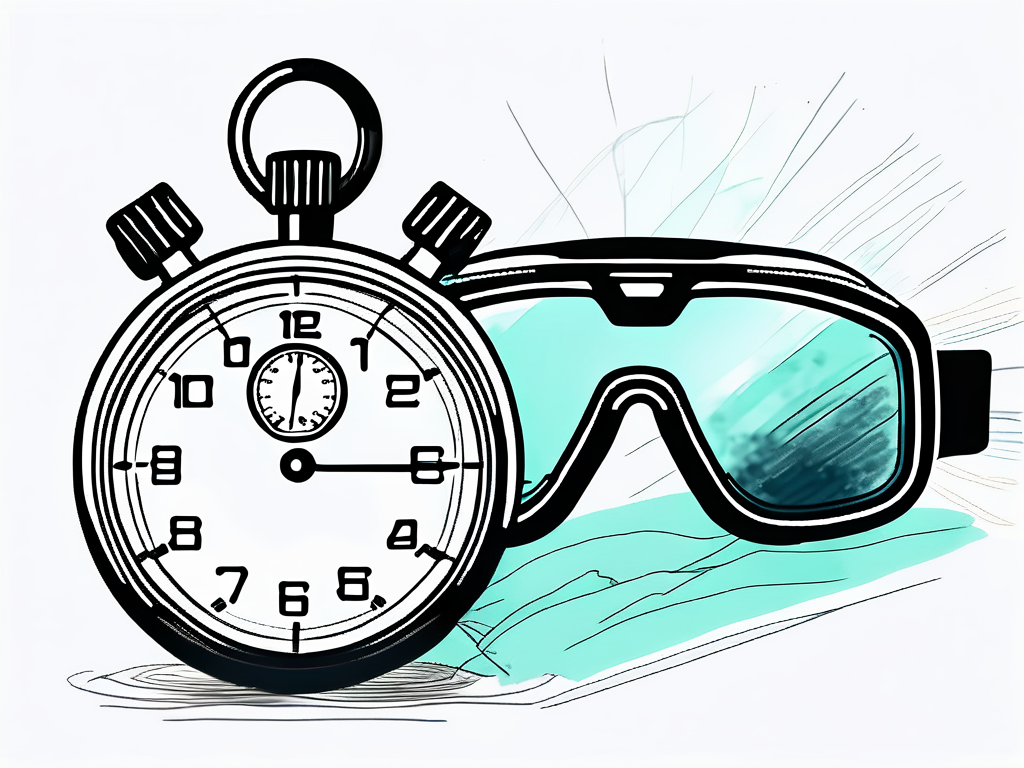Swimming Workouts: Preparing Your Body for Optimal Performance
Whether you are a competitive swimmer or simply enjoy swimming for leisure, proper preparation is key to achieving optimal performance in the water. In this article, we will explore various swimming workouts that can help prepare your body for an outstanding swim. From dynamic stretches to mental preparation, we will cover all aspects of getting ready for the swim of your life.
Preparing Your Body for the Swim
Dynamic Stretches to Enhance Your Warm-Up
Before diving into the pool, it is essential to warm up your body with a series of dynamic stretches. These stretches help to improve your flexibility, increase your range of motion, and prepare your muscles for the intense demands of swimming.

Start by performing arm swings, leg swings, and hip circles to loosen up your joints. This will not only help to increase the mobility of your joints but also enhance the synovial fluid production, which acts as a lubricant for your joints. By doing so, you'll be able to move more freely and reduce the risk of joint-related injuries.
Next, incorporate exercises like walking lunges and high knees to activate your leg muscles. These movements engage the major muscle groups in your legs, including your quadriceps, hamstrings, and glutes. By activating these muscles, you'll improve your leg strength and power, enabling you to generate more force with each stroke and kick.
Be sure to include upper body stretches such as arm circles and shoulder rolls to limber up your arms and shoulders. These stretches not only increase the flexibility of your shoulder joints but also help to improve the mobility of your scapulae. This is crucial for achieving proper arm extension and rotation during your swim strokes, allowing you to maximize your propulsion in the water.
Remember to perform each stretch in a controlled manner and never force a stretch beyond your comfort zone. Dynamic stretching should feel energizing, not painful. By incorporating these stretches into your warm-up routine, you will significantly reduce the risk of muscle strain or injury during your swim.
Benefits of Warming Up Before Swimming
Warming up before swimming offers numerous benefits that can enhance your overall performance in the water. Firstly, a proper warm-up increases blood flow to your muscles, supplying them with oxygen and nutrients that are necessary for optimal functioning. This increased blood flow also helps to remove waste products, such as lactic acid, from your muscles, reducing the likelihood of fatigue and cramping.
Additionally, warming up promotes joint mobility and flexibility, enabling you to move more efficiently and reducing the chances of muscle cramps or strains. When your joints are properly warmed up, they allow for a greater range of motion, which translates to longer and more powerful swim strokes.
It also prepares your cardiovascular system for the increased demand during swimming, helping to improve endurance and overall cardiovascular fitness. As your heart rate gradually increases during the warm-up, your body adapts by delivering oxygen to your muscles more efficiently. This adaptation not only enhances your endurance but also improves your body's ability to recover from intense swimming sessions.
Lastly, a warm-up primes your nervous system, allowing for better coordination and control of your movements in the water. By activating the neural pathways responsible for muscle recruitment and coordination, you'll be able to execute your swim strokes with greater precision and efficiency. This can lead to improved technique and faster swim times.
By taking the time to properly warm up, you set a strong foundation for a successful swim. So, before you dive into the pool, make sure to dedicate a few minutes to dynamic stretching and reap the benefits of a well-prepared body.
Pushing Your Limits with the Main Set
Strategies for Tackling a 400-Meter Swim
If you are looking to challenge yourself and push your limits, a 400-meter swim is an excellent goal to strive for. To conquer this distance, it is crucial to approach it with the right strategies.

First and foremost, pacing plays a vital role in successfully completing a 400-meter swim. Start at a comfortable pace and gradually increase your speed as you go. Avoid the temptation to sprint at the beginning, as it can lead to fatigue later on.
Furthermore, focused breathing is essential during a long-distance swim. Practice rhythmic breathing by inhaling and exhaling consistently every few strokes. This technique helps to supply your muscles with oxygen and maintain a steady stroke rhythm throughout the entire swim.
Mental preparation also plays a significant role in conquering a 400-meter swim. Visualize yourself successfully completing the distance, and maintain a positive mindset throughout. Remember to stay focused and embrace the challenge - the feeling of accomplishment will be worth it.
Mental Preparation for Endurance Swimming
Endurance swimming requires not only physical strength but also mental fortitude. As you push your body to swim longer distances, it is essential to strengthen your mental game as well.
One technique to enhance your mental resilience is the use of positive affirmations. Repeat empowering statements to yourself, such as "I am strong," "I am capable," and "I can overcome any obstacles." These affirmations help to build confidence and maintain a positive mindset during challenging moments in your swim.
Visualization is another powerful tool in preparing for endurance swimming. Close your eyes and picture yourself effortlessly gliding through the water, feeling strong and in control. This mental imagery primes your brain for success and can help you power through moments of fatigue.
Finally, break down the swim into manageable chunks. Instead of focusing on the entire distance, divide it into smaller goals. Celebrate each milestone reached, whether it's a specific number of laps or reaching a certain time goal. By tackling the swim in smaller increments, you make it more achievable and less overwhelming.
Now, let's delve deeper into the importance of pacing during a 400-meter swim. Maintaining a steady pace throughout the swim not only conserves energy but also allows you to find a rhythm that suits your body. It's like finding the perfect balance between effort and efficiency. By starting at a comfortable pace, you give yourself room to gradually increase your speed as you build confidence and strength.
Another aspect to consider is the importance of body position in the water. Maintaining a streamlined body position helps reduce drag and allows you to move through the water more efficiently. Imagine yourself as a sleek arrow, slicing through the water effortlessly. This optimal body position not only improves your speed but also conserves energy, enabling you to swim longer distances with ease.
When it comes to mental preparation, visualization is a powerful tool that deserves further exploration. Take a moment to imagine yourself standing at the edge of the pool, feeling the water's coolness against your skin. Picture each stroke, each kick, and each breath as you navigate through the water. Visualize the feeling of strength and determination coursing through your body, propelling you forward. By mentally rehearsing the swim, you are preparing your mind and body for the challenge ahead, increasing your chances of success.
Lastly, let's discuss the significance of breaking down the swim into manageable chunks. Instead of focusing on the entire 400-meter distance, set smaller goals for yourself. For example, aim to complete a certain number of laps before taking a short break. By celebrating these milestones, you not only give yourself a sense of accomplishment but also build momentum and motivation to keep going. Remember, every lap brings you closer to your ultimate goal.
Rejuvenating Your Body with a Proper Cool Down
Importance of Cooling Down After a Swim
Just as warming up is vital before swimming, cooling down is equally important after a swim. Cooling down allows your body to gradually transition from exercise to rest and aids in the recovery process.
One of the main benefits of cooling down is preventing blood from pooling in your extremities. By engaging in low-intensity movements, such as slow freestyle or gentle kicking, you help promote blood circulation and prevent dizziness or fainting.
Cooling down also helps remove waste products, such as lactic acid, from your muscles, reducing post-swim soreness and stiffness. It also aids in decreasing heart rate and respiration gradually, allowing your body to return to its normal state in a controlled manner.
Gentle Exercises for Cooling Down Post-Swim
After completing your swim, incorporate gentle exercises into your cool-down routine to help relax your body and mind. Begin with a few minutes of easy swimming at a slow pace. Focus on maintaining good technique and allowing your body to recover gradually.
Once out of the water, perform some static stretches to target the major muscle groups used during swimming. Pay attention to your shoulders, back, and legs, as these areas often bear the brunt of the work in the water. Hold each stretch for 15-30 seconds and remember to breathe deeply throughout.
Additionally, consider incorporating deep breathing and relaxation exercises into your cool-down routine. This helps to reduce any residual tension and promote a sense of calm and well-being.
By dedicating time to a proper cool down, you not only promote physical recovery but also create a space for mental relaxation and reflection on your swim performance.
In Summary
Preparing your body for optimal performance in swimming requires a holistic approach. By incorporating dynamic stretches into your warm-up routine, you improve flexibility and reduce the risk of injury. Warming up before swimming offers numerous benefits, including increased blood flow, joint mobility, and enhanced coordination.

When pushing your limits with a challenging swim, strategies like pacing, rhythmic breathing, and mental preparation become crucial. Positive affirmations, visualization, and breaking the swim into smaller goals help strengthen mental fortitude and ensure success in endurance swimming.
To rejuvenate your body after a swim, a proper cool down is essential. Cooling down prevents blood pooling, aids in waste removal, and gradually brings your body back to a resting state. Incorporate gentle exercises and stretches to aid recovery and promote relaxation.
Remember, by preparing your body through a combination of warm-up exercises, proper pacing, and cool-down routines, you will set yourself up for optimal performance and ultimately achieve your swimming goals.





